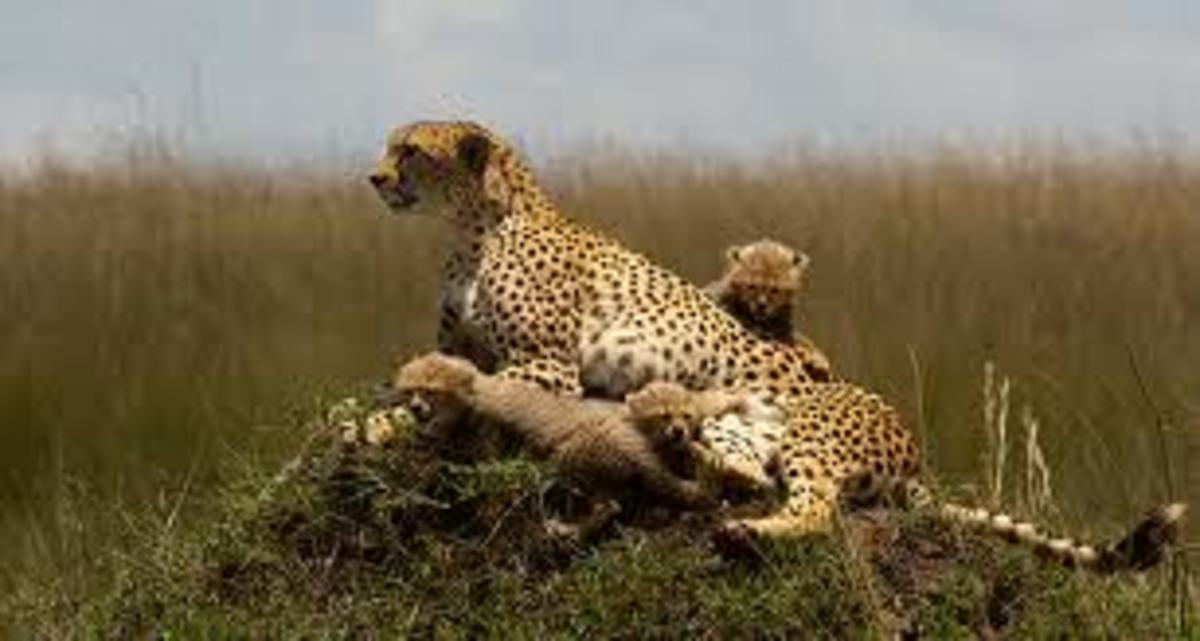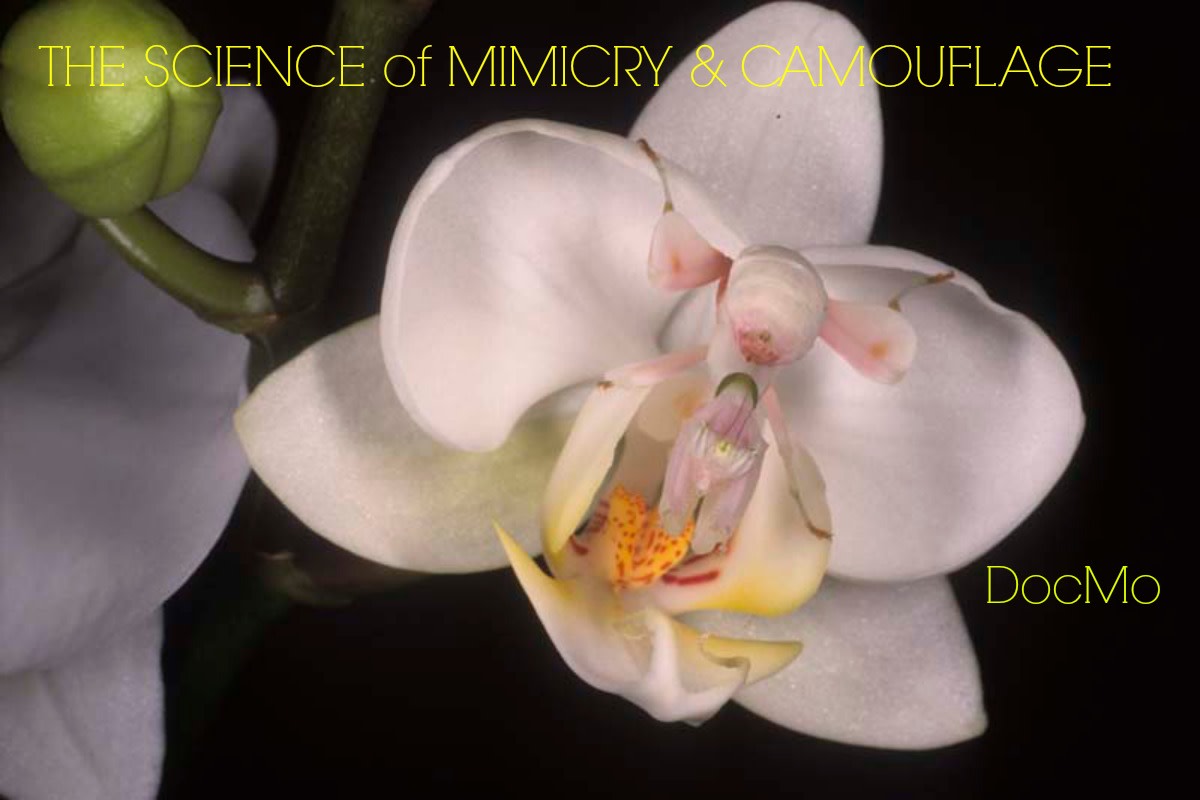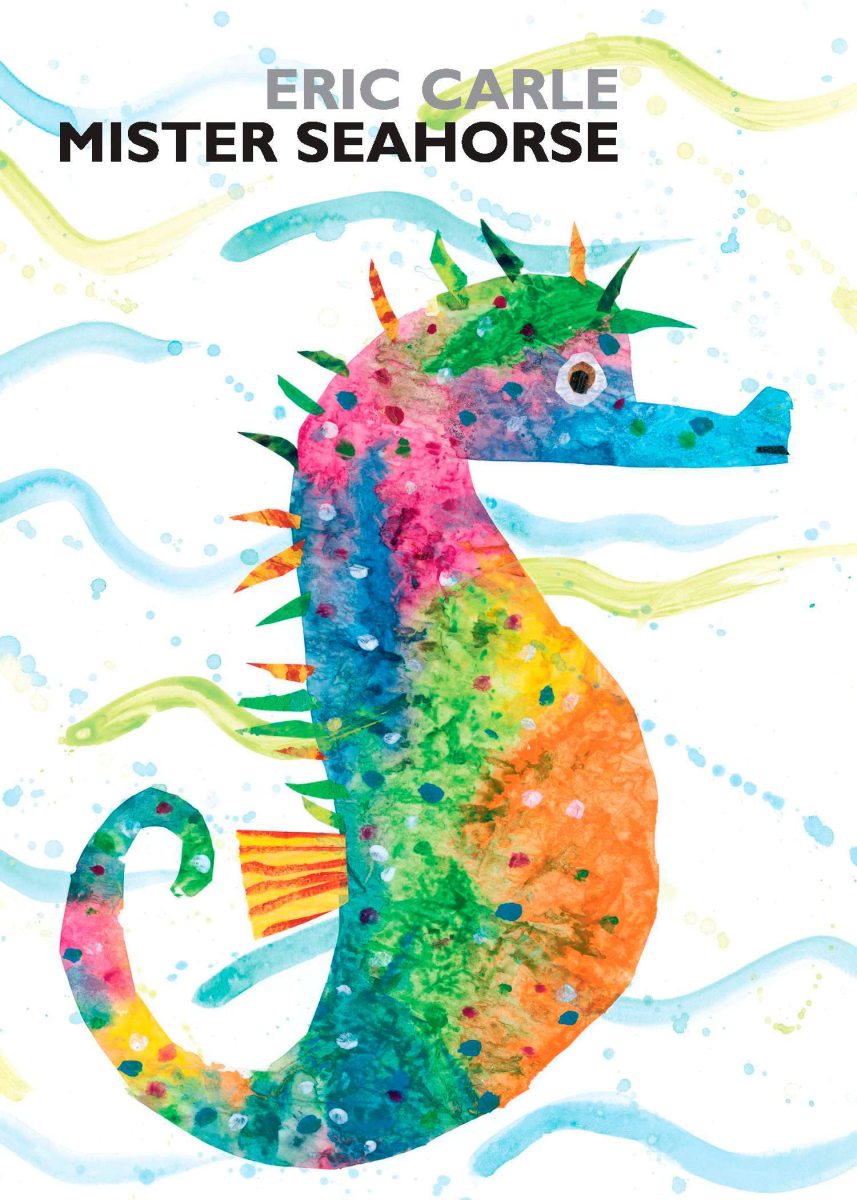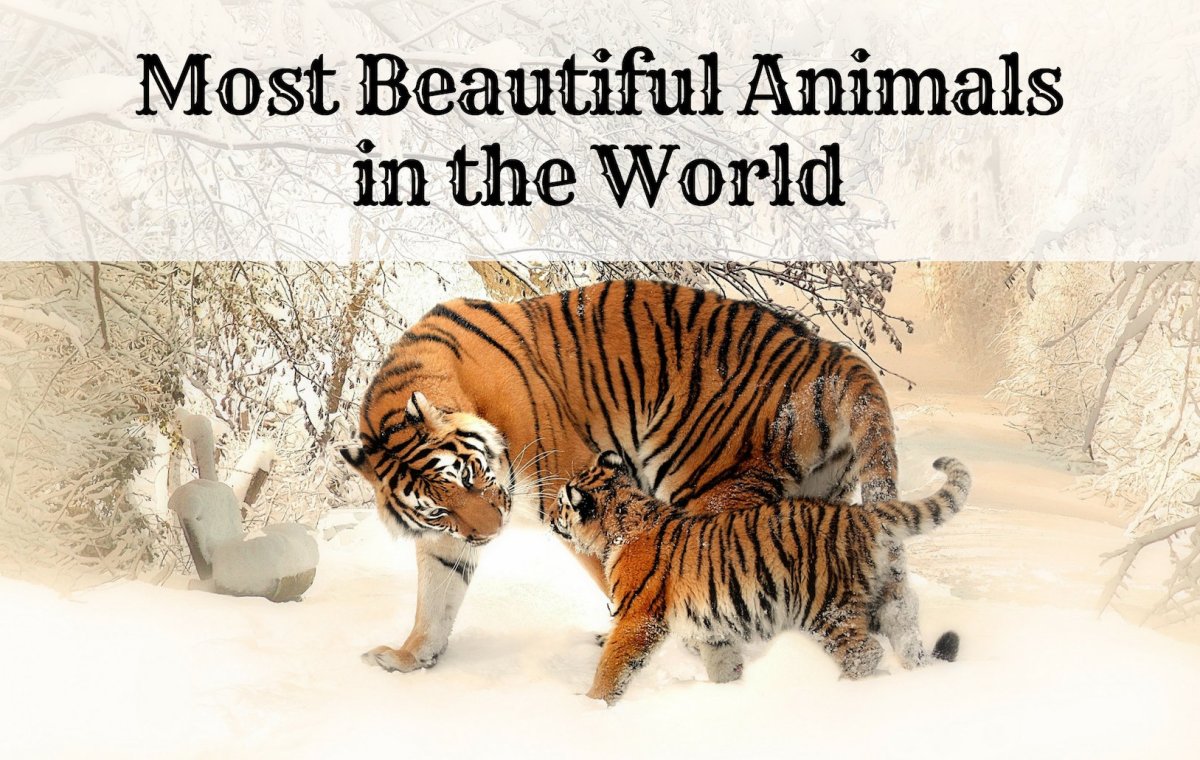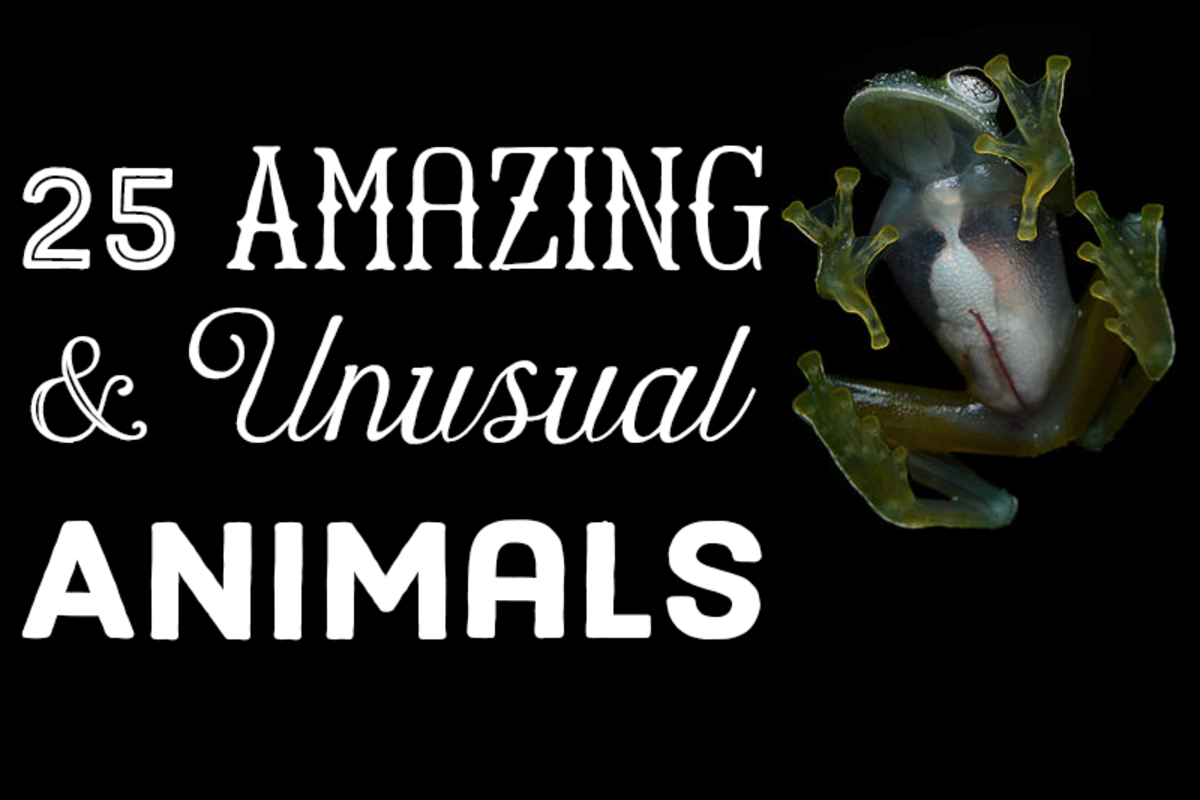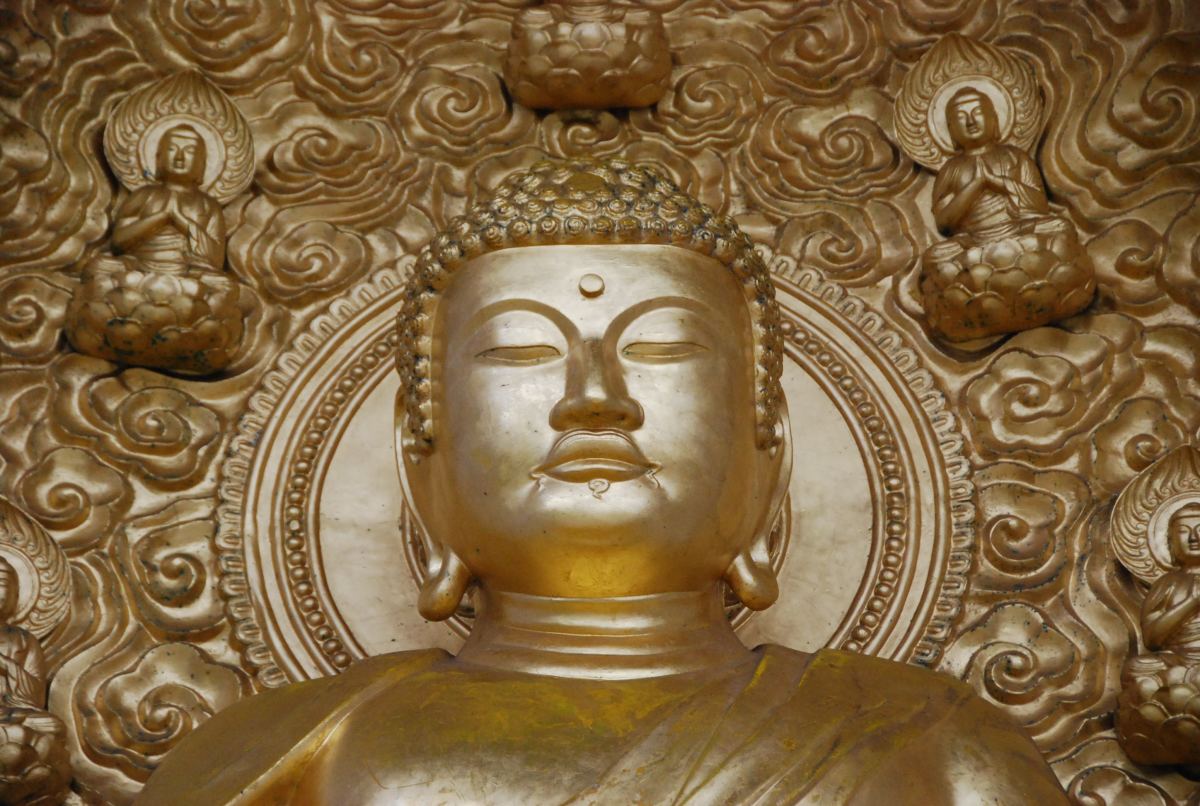Pied Beauty - Spots Dots and Dapple

Glory be to God for Dappled Things
Who says a cat can't appreciate poetry? Like Gerard Manly Hopkins, I appreciate the speckled, freckled, brindled, stippled, peppered and spotted.
Yes, cats have an eye for beauty too.
When you look around, the number of beautiful spotted things are greater in number than you expect. They are little miracles in themselves.
Patchwork Fields

Dappled Light

Pied Beauty
Glory be to God for dappled things-
For skies of couple-colour as a brindled cow;
For rose-moles all in stipple upon trout that swim;
Fresh-firecoal chestnut-falls; finches' wings;
Landscape plotted and pieced-fold, fallow, and plough;
And all trades, their gear and tackle and trim.
All things counter, original, spare, strange;
Whatever is fickle, freckled (who knows how?)
With swift, slow; sweet, sour; adazzle, dim;
He fathers-forth whose beauty is past change:
Praise him.
Gerard Manly Hopkins 1877
Why have spots? - Why not pure black like me?

Why some of us have camouflage
Lots of us match our environment in colour and/or pattern. This helps us escape predators by being hard to spot, (pun intended), and makes it easier to hunt more efficiently. This type of colouration is called camouflaged or cryptic colouration.
Patterns, like stripes or spots, also camouflage.
Most Camouflage is 'blending in'

Blending in is really effective
This little spotted quoll is blending in , somewhere in Australia
The natural environment is usually the most important factor in camouflage. The simplest camouflage technique is to match the "background" of its surroundings.
Since the ultimate aim of camouflage is to hide from other animals, the behaviour of predators or prey is highly significant. There's no point in developing any camouflage that doesn't help survival, so not all animals blend in with their environment the same way. For example, there's no point in replicating the colour of the surroundings if your main predator is colour-blind!
For most, "blending in" is the most effective approach. You can see this sort of camouflage everywhere. Deer, squirrels, possums, hedgehogs and many other animals have brownish, "earth tone" colors that match the brown of the trees and soil at the forest ground level. Sharks, dolphins and many other sea creatures have a grayish-blue coloring, which helps them blend in with the soft light underwater.
Did people experiment with domestic animals?
Early farmers may have genetically altered the coats of domestic animals for their own amusement. Did they cherry-pick rare genetic mutations to cause variations such as different colours, bands and spots in their pets?
Selective breeding to affect melanocortin-1 (MC1R), one of the genes that control coat colour may be the reason behind spotted cows, pigs and all manner of dogs.
One possible reason for changing the coat colour of livestock was to keep track of animals whose camouflage would otherwise make them hard to see, another reason could be to mark out animals with improved characteristics over their ancestors.
Or maybe they did it just for fun.
Dappled, Spotted, Speckled and Striped
Click thumbnail to view full-size









Animal Disguises - For the younger human
This is a lovely book and perfect to show the younger humans why animals camouflage themselves.
At the very least, this serves as a warning about stepping on little concealed creatures.
That would be a victory in itself.
How the leopard uses her spots - BBC Wildlife
What I think about spots, stripes and the rest
Even better than black?
All the lovely spots and stripes are for a purpose - as we have seen it's either camouflage for survival or fanciful whims by Neolithic farmers.
Whatever the reason, the result is just breathtaking. Dapples, speckles, stipples, stripes and spots are there for us to enjoy, and to wonder at .They are Miracles!
Aren't dappled things just delightful? Are you spotty?
© 2009 Vladimir












